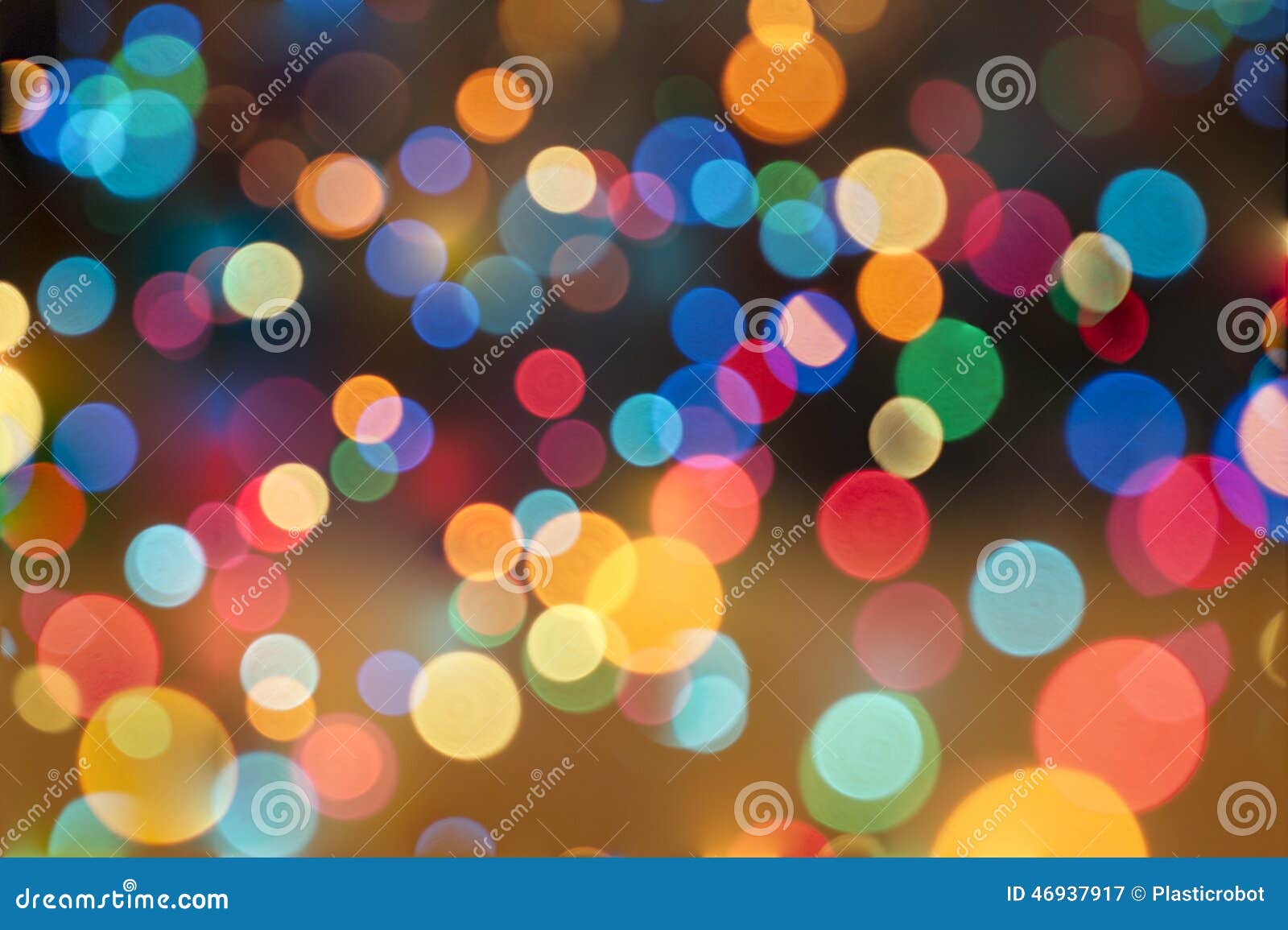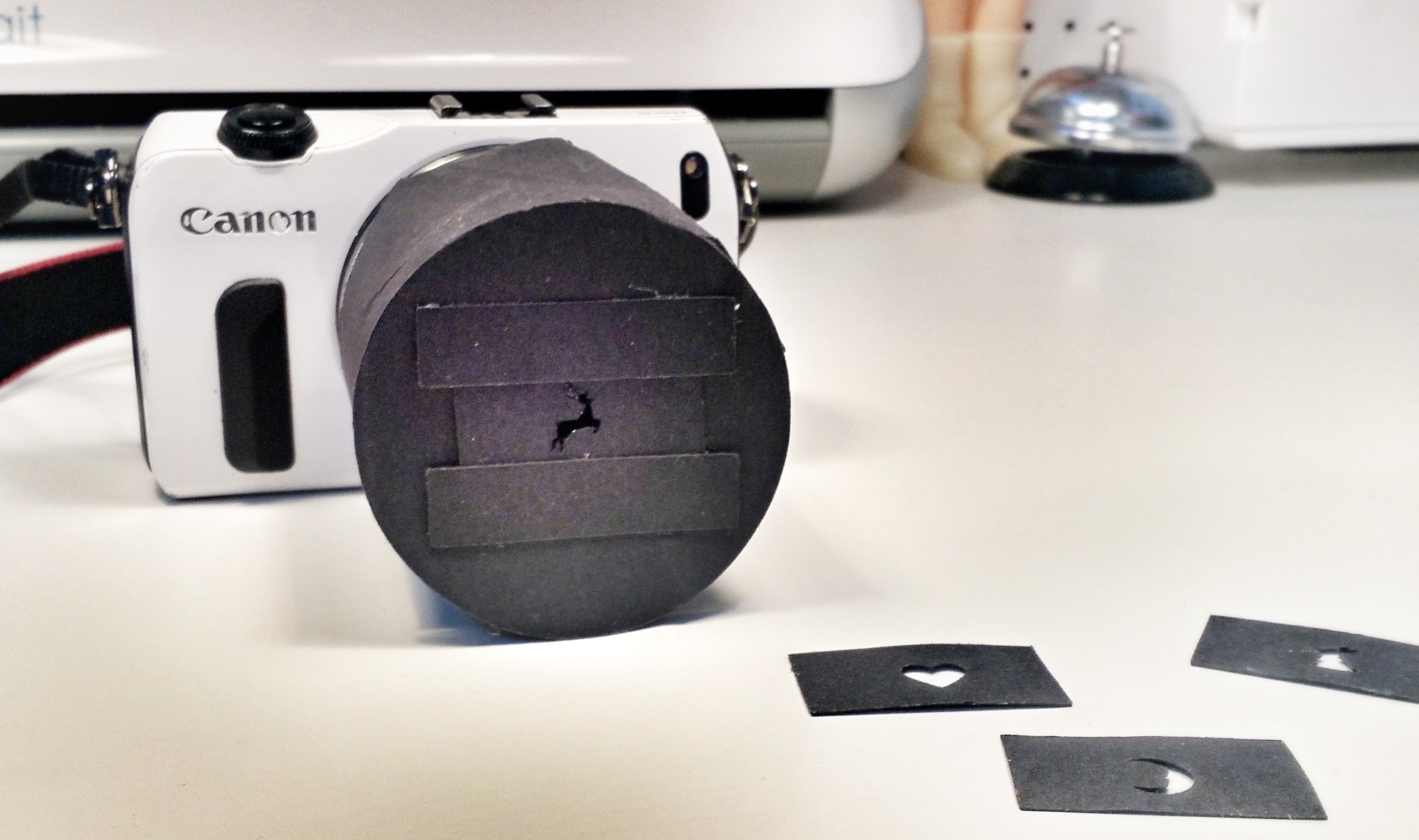

Depending on how the lens has been corrected for spherical aberration (imperfections caused by light rays striking a mirrors edge), the disc may be uniformly illuminated (“constant” bokeh), brighter at the edge (“bad” bokeh), or brighter near the middle (“good” bokeh). A point in an image that is out of focus is no longer rendered as a point, but a blurred disk. It is related to the camera's aperture and quality of the lens. See the photos below on how I did that.Bokeh, created by manipulating the apertureīokeh is a term used to describe the quality of blurring in out-of-focus areas of an image.

Afterwards cut out the shape to have a heart shaped hole in the center. Take a square-shaped paper, fold it in half (to find the center) and draw a heart. And you’ll need a paper, pen and scissors for that. To alter the shape, you need to change the shape through which the camera sees the subject. Your camera’s sensor and lens is round, which therefore makes the shape of your bokeh – which is round.
#BOKEH LENS SHAPES HOW TO#
Now that you understand how you can create the bokeh with your camera, the next step is to understand how to change the shape.
#BOKEH LENS SHAPES MANUAL#
If you’re new to manual mode (and changing the settings manually), you can take a look at the manual photography guide for beginners that I have created. Focus on close subjects, or focus on something further away. Place the lights close to your lens, place them in the background. The longer the distance from the subject and lights – the bigger the lights will be.ĭon’t be afraid to experiment to fully understand how the bokeh gets created.
#BOKEH LENS SHAPES FREE#
If you focus on something close to your camera, and you have free space behind the subject (a room, for example), then place your lights in the background, as far away as possible. If you focus on something further away – everything in the foreground will be blurred, so place your lights there.

You can achieve that by setting your f number to the lowest (f/1.8 in my case) and by zooming in to the max (if you have a zoom lens). There’s one main thing you need to know – the more out-of-focus the lights are – the more blurred they will be, therefore the bigger the bokeh bubbles will be.įor the bokeh to be more noticeable, you need a shallow depth of field. I used curtains to set up the background behind the vase (you can see that in the result photo). I placed them on the windowsill to have some natural light shining into the frame from outside. I used heather that I had recently picked from nearby forests. To make bokeh bubbles, you will need a light source. Fairy lights (or any other Christmas lights) The advantage of the first option (small f number) for lenses with 50mm focal length and less – is that you can get pretty close to the subject and have the subject fit in the frame nicely.įor this experiment I use a Nikon AF-S 50mm f/1.8G lens, which gives me bokeh thanks to the small f number.

If you have the latter one, you need to take in mind that you’ll have to be more far away from your subject to have it fit in the frame (since large focal length means that the camera have zoomed in). There are two things that create bokeh – a wide open aperture (small f number) and large focal length. A lens that has either large focal length or small f/ number Probably it is also possible to do this with a smartphone, but since I have not tried that, I don’t promise anything. I own a Nikon D5200, but you can use any camera that allow you to attach a lens on. You will need the following things to create bokeh with your camera: A camera What you’ll need to create bokeh with your camera


 0 kommentar(er)
0 kommentar(er)
